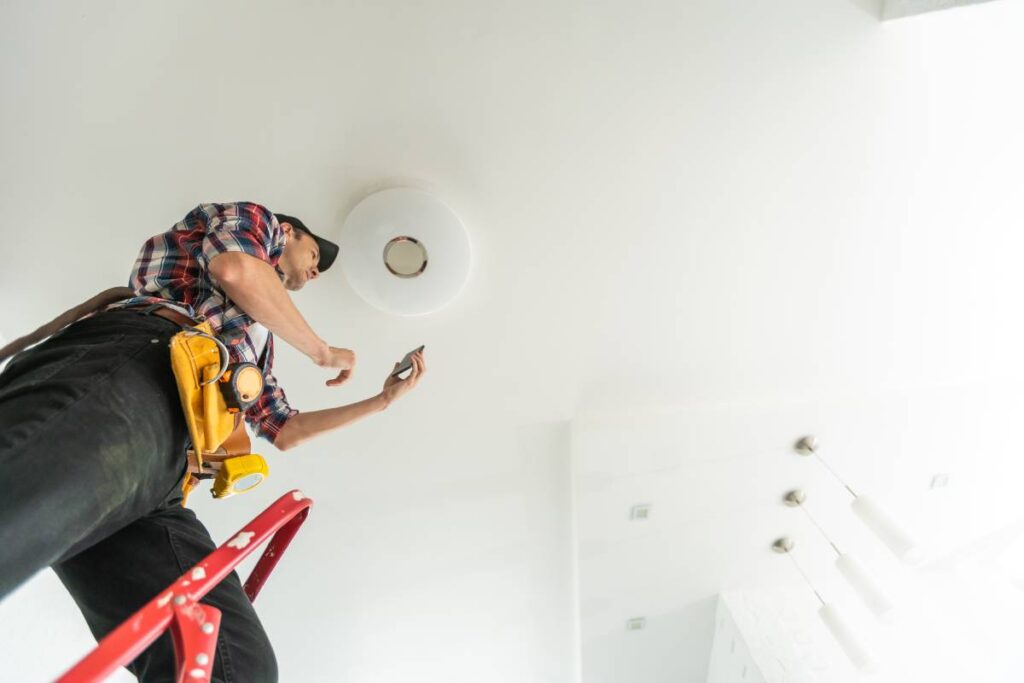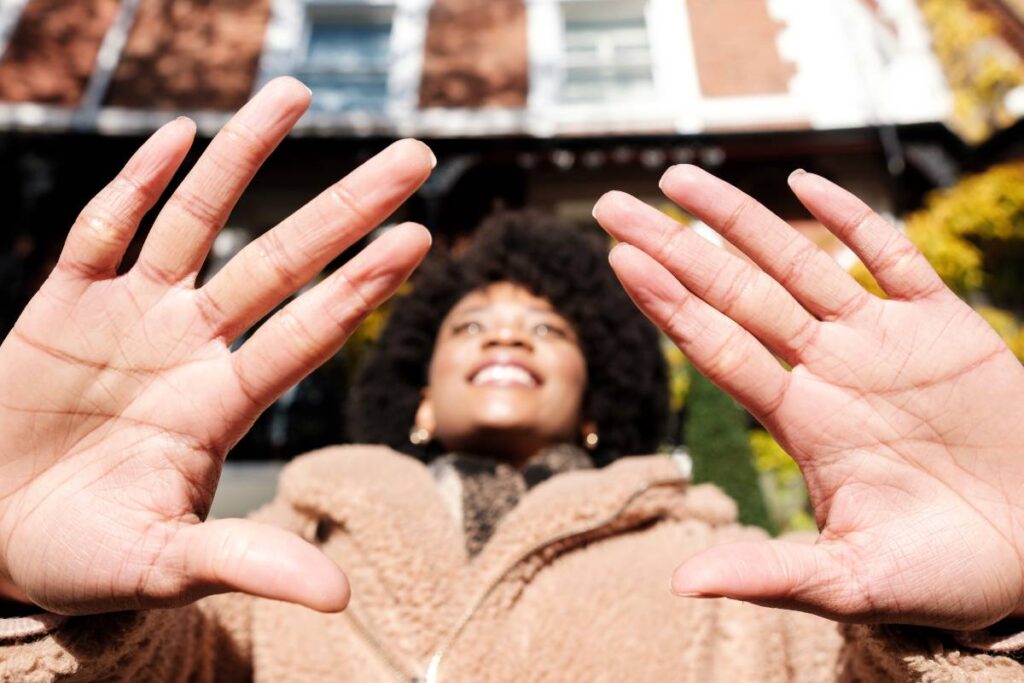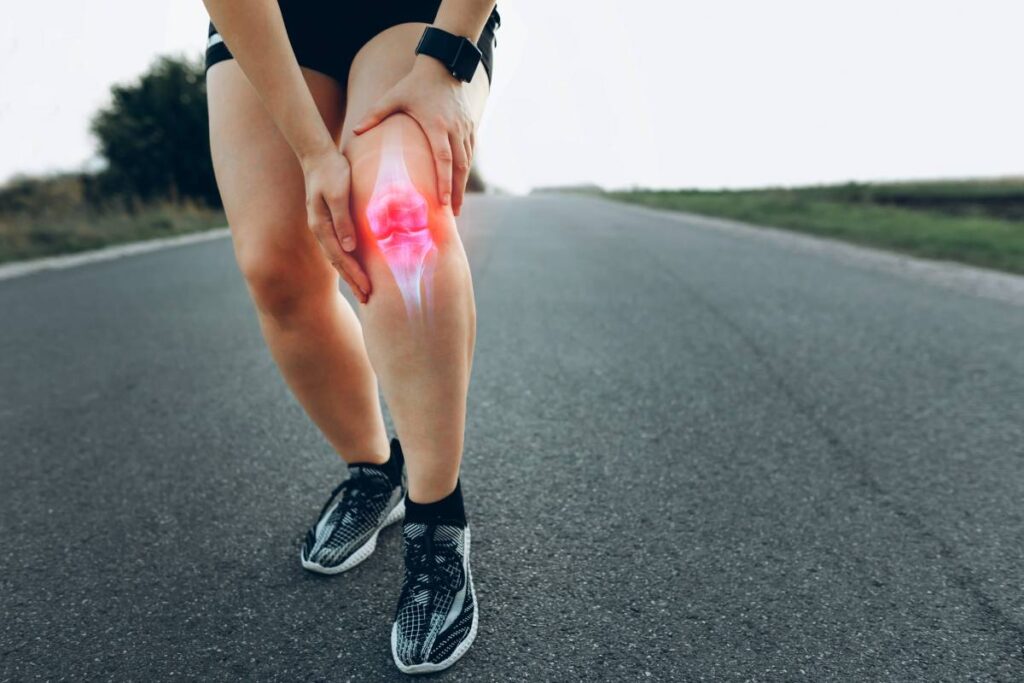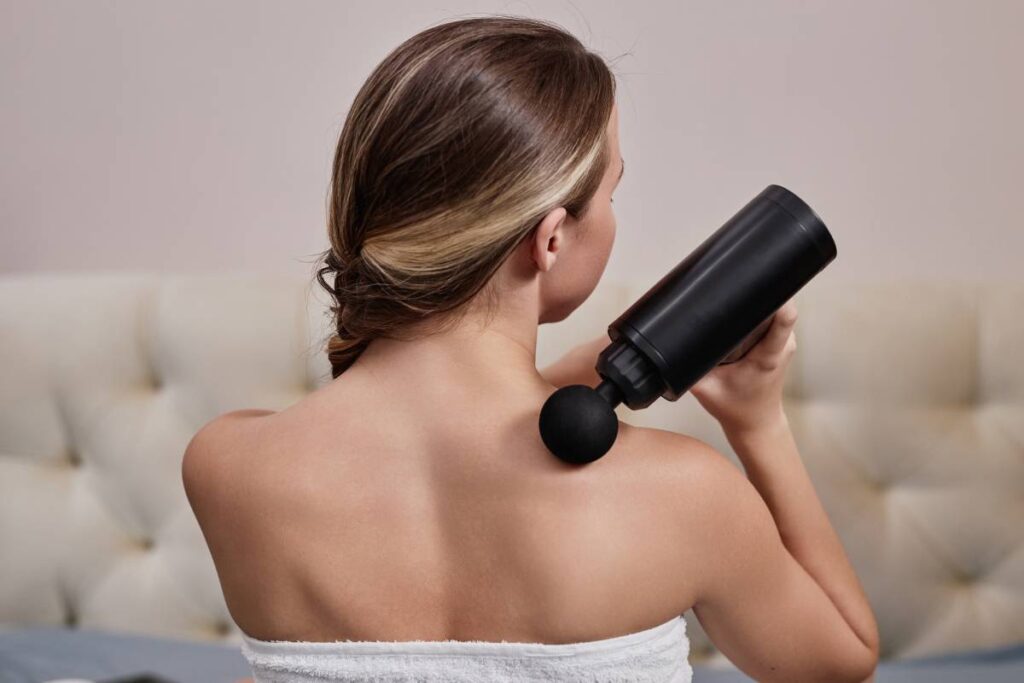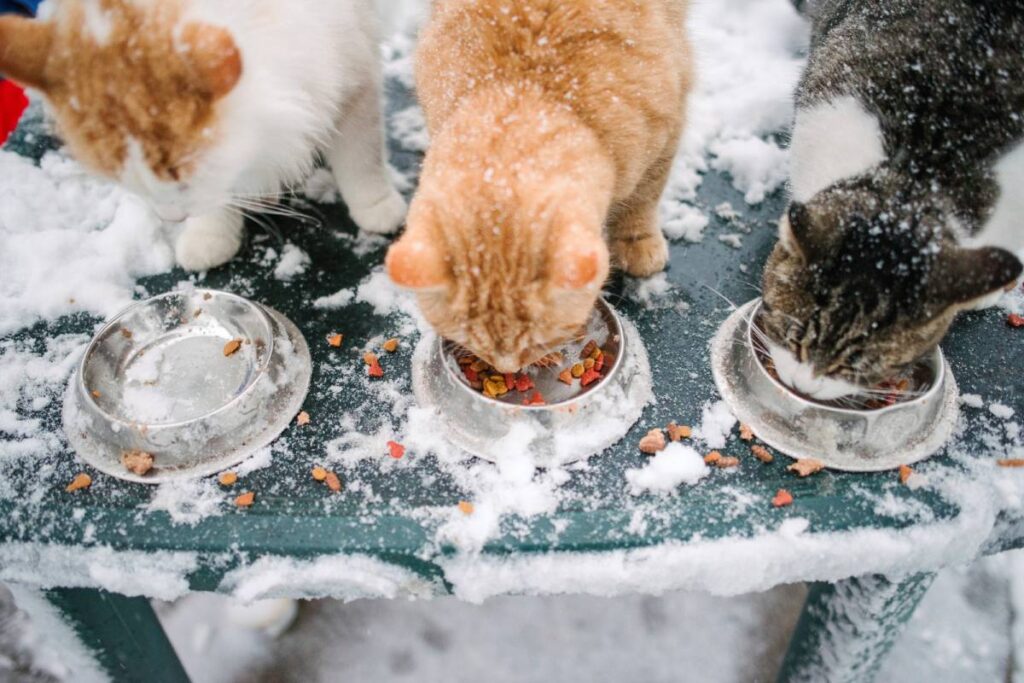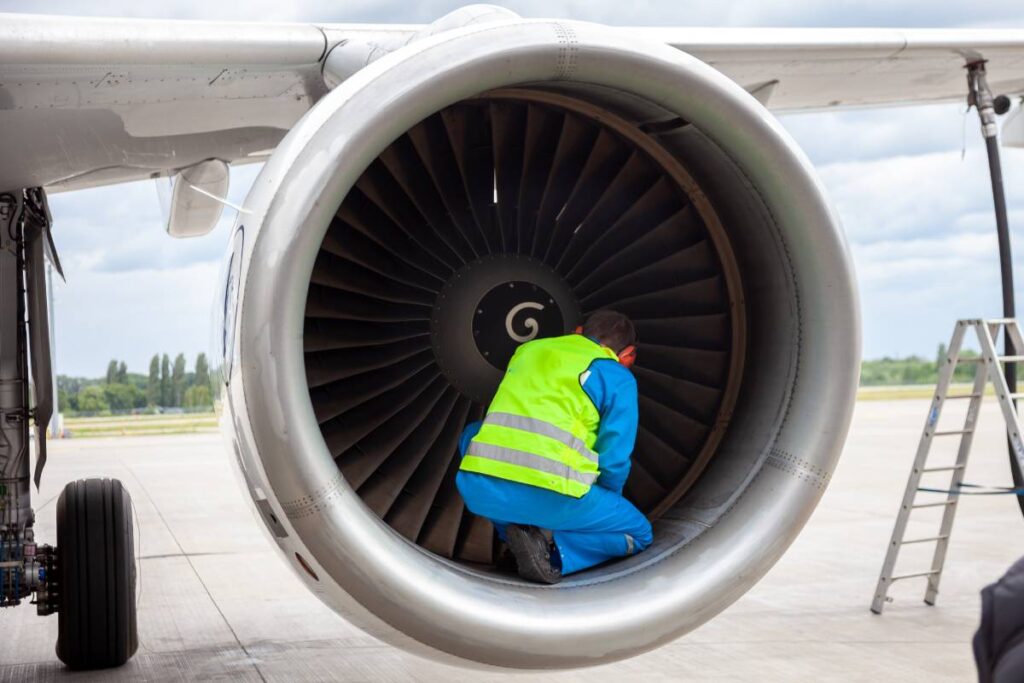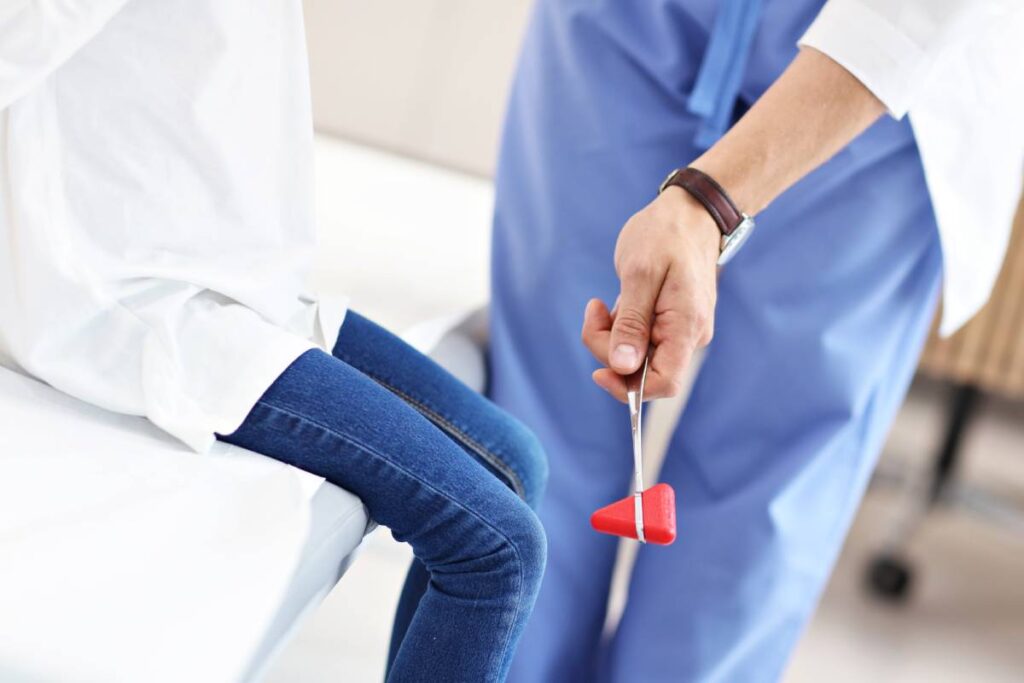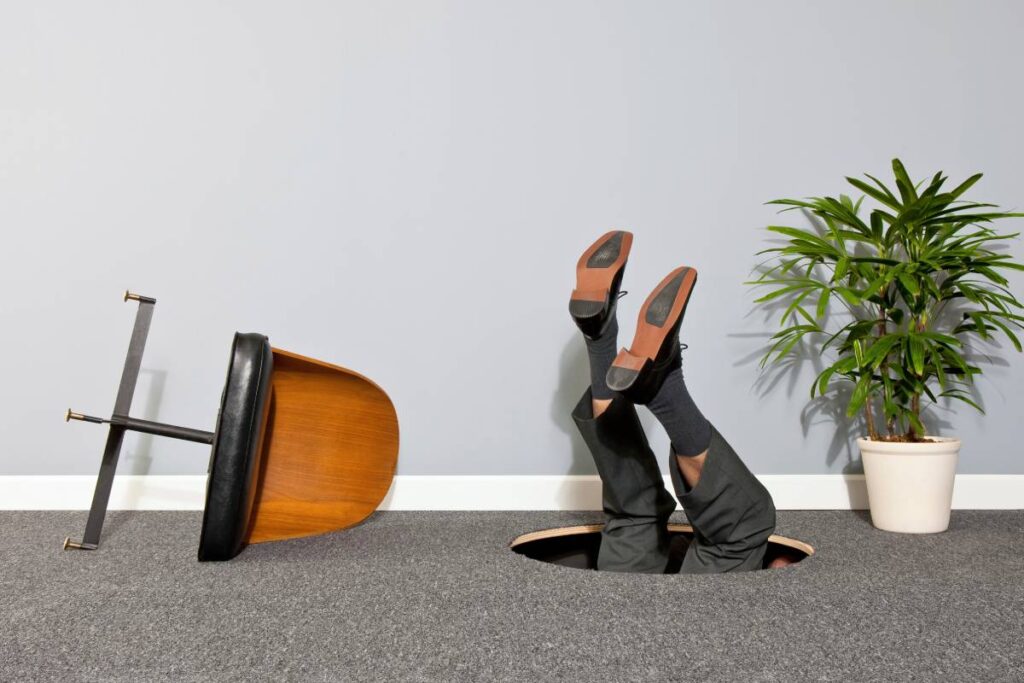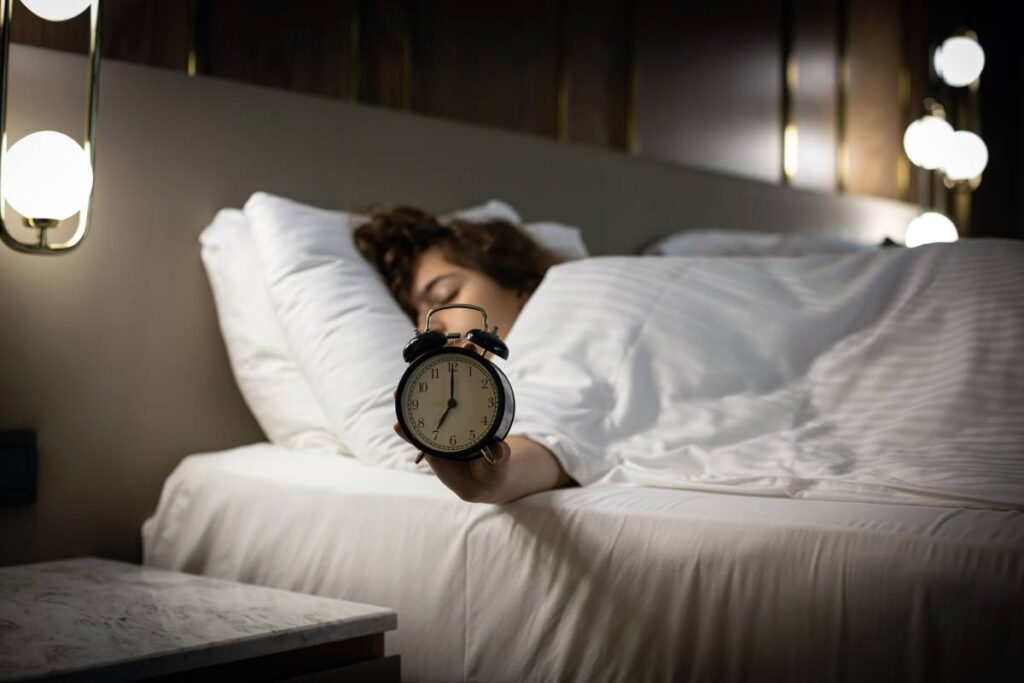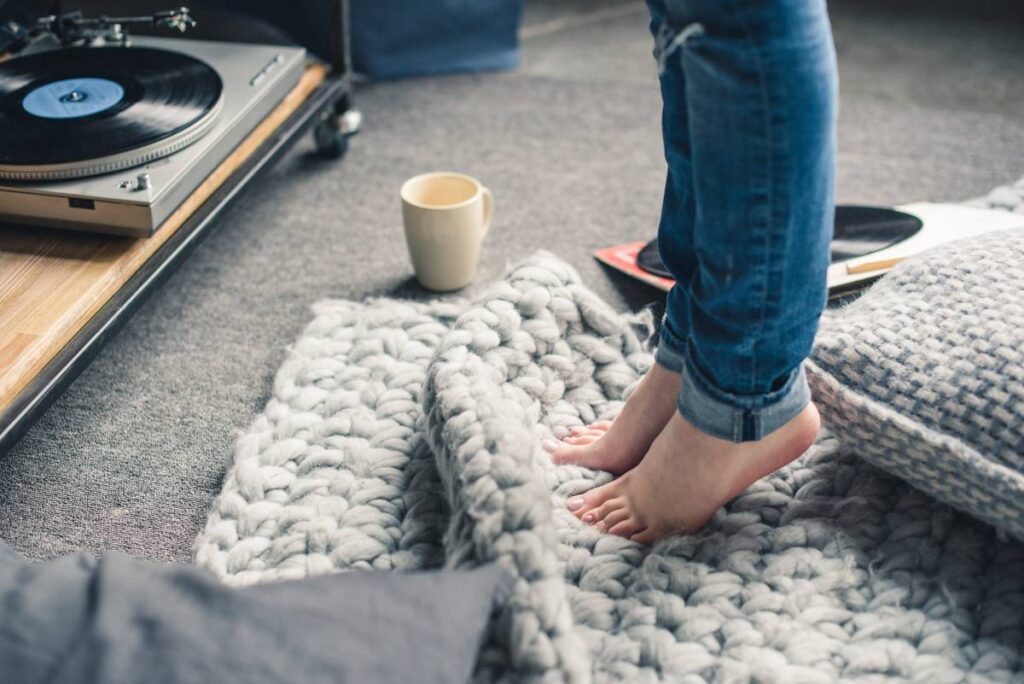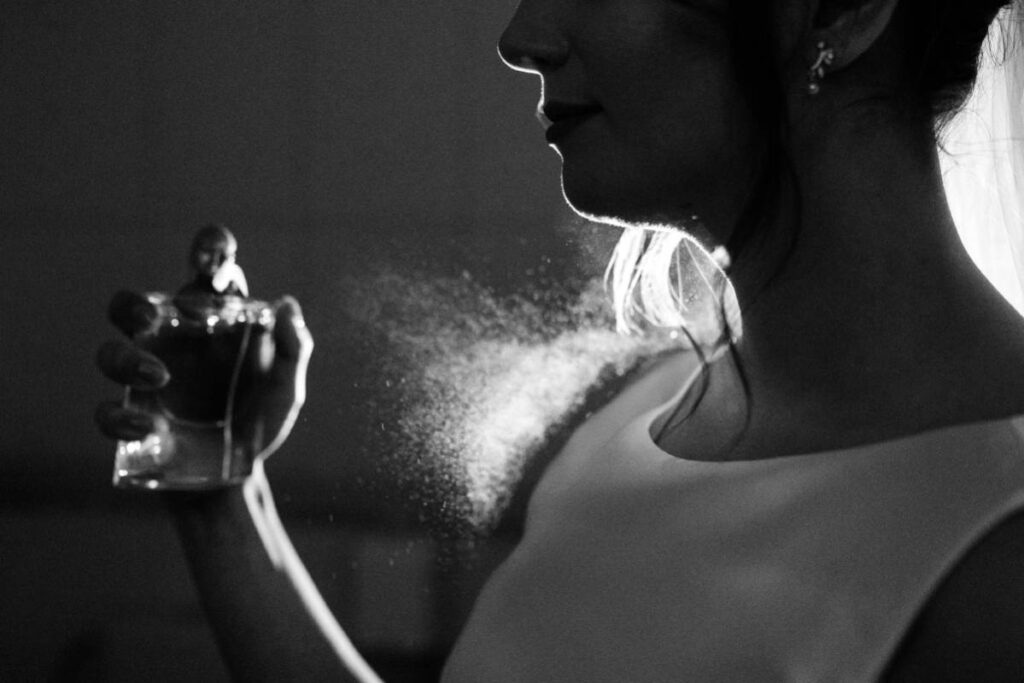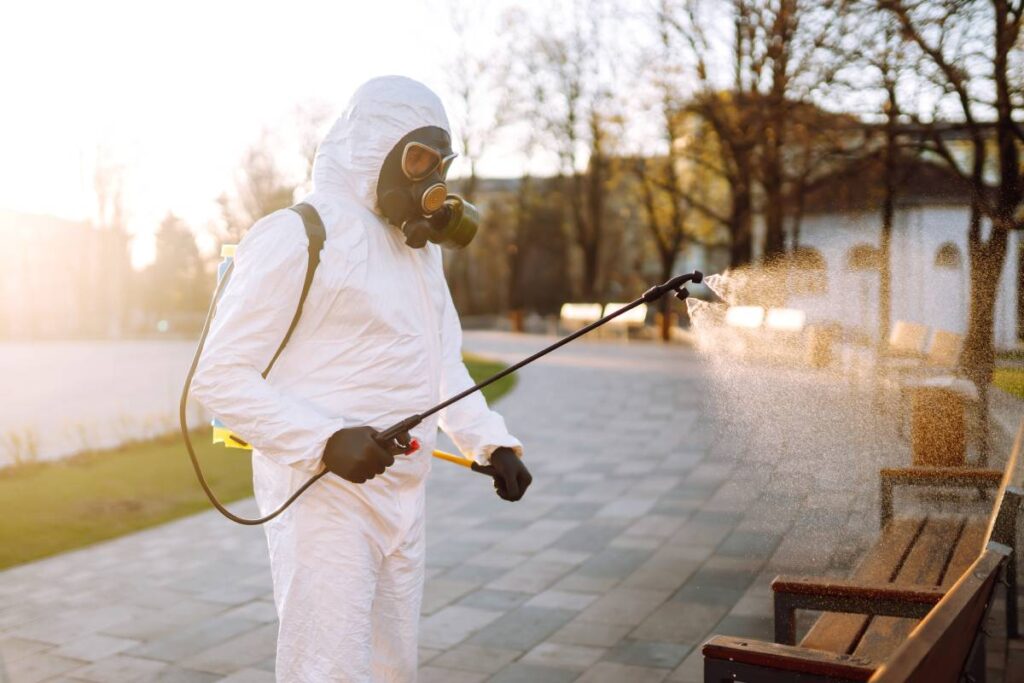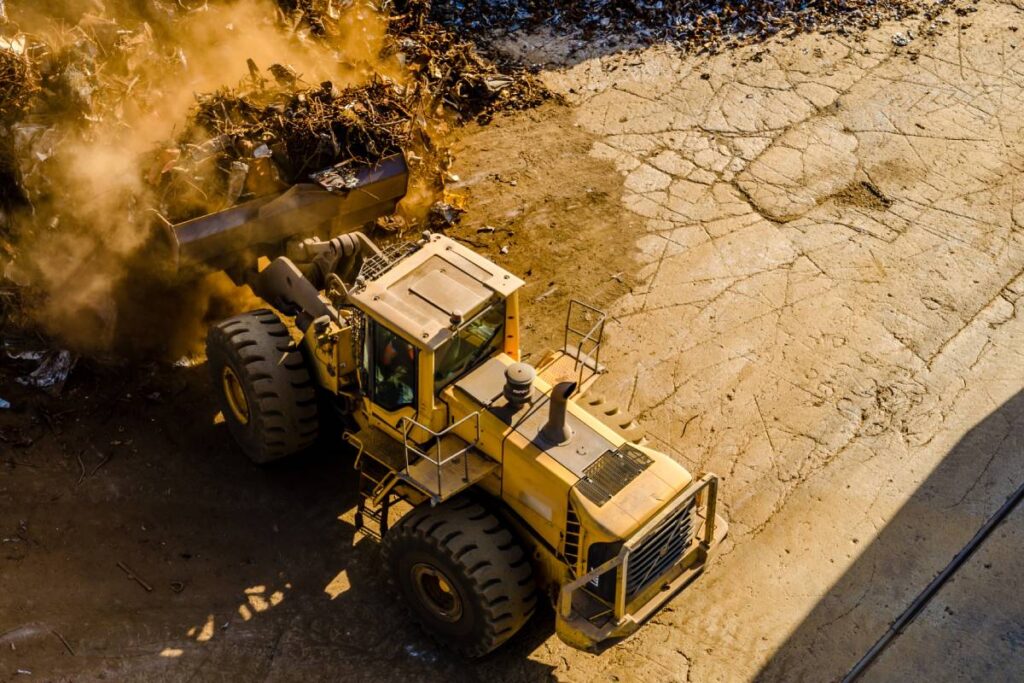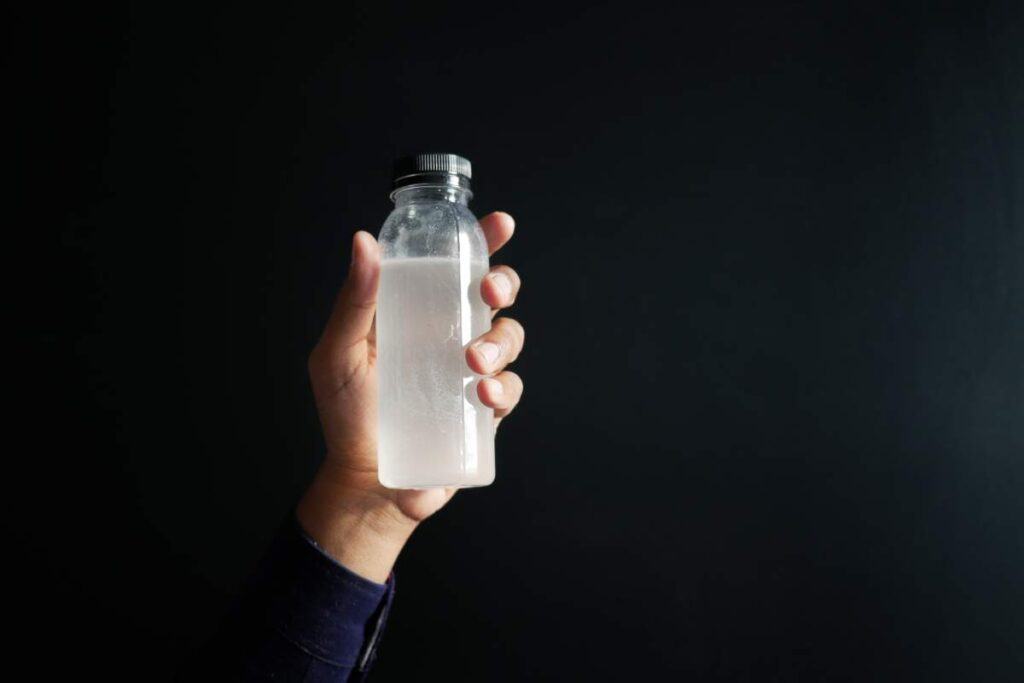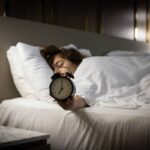Don’t underestimate the danger of tripping and falling at home?
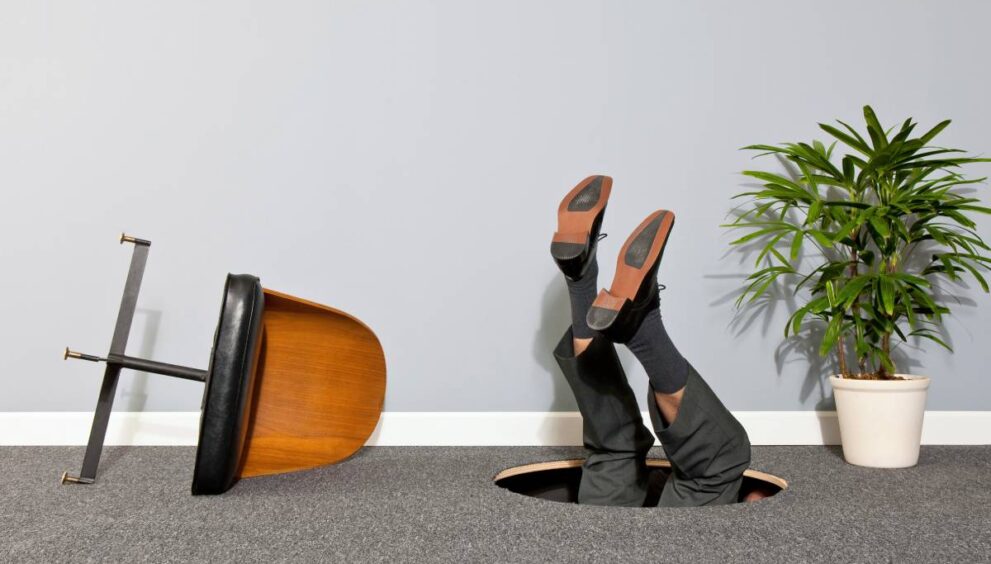
Tripping hazards in the home are a major cause of accidents, particularly for children, older adults and those with mobility issues.
From cluttered walkways to slippery floors these risks are often overlooked but can have serious consequences.
In this article we’ll identify common tripping hazards explore ways to prevent falls, and provide practical steps to reduce these risks.
By understanding these hazards and implementing simple safety measures you can create a safer environment and reduce the likelihood of unnecessary accidents.
What Are Tripping Hazards in the Home?
A tripping hazard is anything in the home that increases the risk of someone losing their balance and falling. These hazards can range from clutter and loose objects to uneven flooring or slippery surfaces.
Tripping hazards are not always immediately noticeable, which is why it’s important to regularly inspect the home for potential dangers.
Uneven Floors and Rugs
One of the most common tripping hazards in the home is uneven floors. Raised floorboards, cracks in tiles, or area rugs with curled edges can create dangerous surfaces that increase the risk of tripping.
Rugs wool ones that aren’t secured properly to the floor are particularly hazardous, as they can easily slip, causing someone to trip and potentially fall.
Clutter and Objects in Walkways
Clutter is a common culprit of tripping accidents. Items like shoes, bags, books, and even electrical cords can obstruct walkways and create tripping hazards.
It’s easy to become complacent about leaving items around the house, but these everyday objects can cause dangerous accidents, especially if someone is walking in dim lighting or distracted.
Slippery Surfaces
Wet floors or surfaces covered in grease or oil can be extremely slippery. This is especially dangerous in the kitchen or bathroom where water or food can spill easily. The risk of slipping increases on smooth, polished floors like tile or hardwood.
Stairs
Stairs are inherently more dangerous because they require careful foot placement. Missing a step, having uneven stairs, or having poor lighting around the staircase can increase the risk of falling.
Loose or broken handrails can also pose a hazard, as they can prevent someone from stabilizing themselves while climbing or descending.
Poor Lighting
Inadequate lighting is another overlooked tripping hazard. Without proper lighting, it’s difficult to see objects in the way or notice changes in elevation, which can lead to falls. Dim lighting at night or in areas like hallways, stairways, or bathrooms increases the risk of tripping accidents.
High traffic Areas
In high-traffic areas like the kitchen, living room, or bathroom, people often walk quickly or carry items from one room to another.
This can result in an accidental trip if there are obstacles in the path. High traffic areas also tend to collect items, such as food or household products, that increase the risk of slipping or tripping.
Pets
While pets bring joy and companionship into a home, they can also create tripping hazards. Pets often roam around the house and can leave toys or bedding in walkways, or they may even dart unexpectedly into someone’s path, causing an accidental fall.
How Can You Prevent Falls in Your Home?
Preventing falls in the home involves identifying and addressing tripping hazards, but it also requires taking steps to make the environment safer overall.
Improve Lighting
Adequate lighting is one of the easiest ways to reduce tripping hazards. Install bright, energy efficient lighting in all rooms, particularly in hallways, staircases, and bathrooms.
Night lights are a great option for providing illumination in dark areas and for people who need to navigate their homes during the night. You can also consider adding motion-sensor lights for automatic illumination in key areas.
Secure Rugs and Carpets
Ensure that all rugs and carpets in your home are properly secured to the floor. Use anti slip rug pads or adhesive strips underneath rugs to prevent them from shifting or curling up. If a rug is worn out or damaged, it’s best to replace it to prevent the risk of tripping.
Keep Walkways Clear
One of the simplest ways to prevent tripping hazards is to keep all walkways and floors clear of clutter.
Make sure that shoes, bags toys, and any other objects are put away after use. Designate specific storage areas for everyday items and make it a habit to return them to their proper places.
Fix Uneven Surfaces
If you notice any uneven flooring or areas in your home that could potentially cause someone to trip fix them as soon as possible.
Repair loose tiles, uneven floorboards, or damaged carpet. If you have stairs, ensure they are in good condition, with no cracked steps, and that the handrails are secure.
Install Grab Bars and Handrails
For areas that are prone to falls, such as bathrooms and staircases, install grab bars and handrails for added support. This allows people to stabilize themselves when moving around the house, particularly when navigating stairs or getting in and out of the shower or bathtub.
Prevent Slips in Wet Areas
Since kitchens and bathrooms are common places for falls, it’s essential to make sure the surfaces stay dry and non-slippery.
Use non-slip mats or rugs in the bathroom and kitchen. After showers or spills, wipe up any water or liquid promptly to prevent accidents. If possible, consider installing slip-resistant flooring in these areas.
Pet Management
If you have pets try to keep their toys, bedding, and food out of the walkways. While pets can be part of the family, their items can become tripping hazards. You may also want to train pets to avoid blocking doorways or hallways to ensure safe navigation throughout the house.
How Can We Reduce Tripping Hazards?
Regular Home Inspections
To prevent tripping hazards, regularly inspect your home for potential risks. Pay attention to flooring, rugs, electrical cords, and other obstructions. By identifying hazards early, you can make necessary repairs or adjustments before an accident occurs.
Keep Up with Home Maintenance
Regular maintenance of appliances, furniture, and the overall structure of your home is essential for reducing tripping risks. Repair or replace damaged flooring, ensure staircases are safe, and maintain plumbing or electrical systems to prevent leaks or spills.
Use Technology
Smart home technology can also help keep your home safe. For instance, smart lighting systems that automatically turn on when someone enters a room can provide better visibility at night. Additionally, motion-sensing devices can help with lighting in hallways, reducing the risk of tripping.
Educate Family Members
Everyone in the household, including children and elderly members, should be aware of potential tripping hazards. Educating them about the risks and encouraging them to follow safety practices will reduce the likelihood of accidents. Everyone should be aware of how to navigate the house safely and how to report or fix any hazards they might encounter.
Conclusion
Tripping hazards in the home can lead to serious injuries, but they are largely preventable. Identifying and addressing potential hazards such as uneven floors cluttered walkways slippery surfaces and poor lighting is essential in maintaining a safe environment.
Additionally, using preventive measures like installing grab bars, securing rugs, and improving overall home maintenance can go a long way in reducing the risks of tripping and falling.
By taking these steps to reduce tripping hazards you can create a safer home for yourself and your loved ones ensuring peace of mind and preventing unnecessary injuries.

